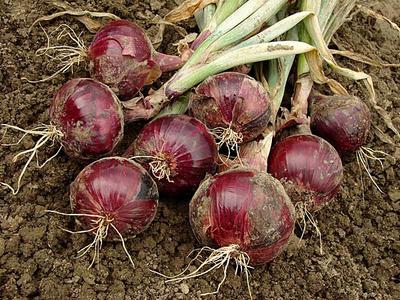BUY UGANDA VANILLA BEANS SOYBEAN OIL
How to grow ONIONS in Uganda

Bulb Onions in Uganda
Onions (allium cepa) locally known as “obutungulu” in luganda are cool season biennial crops. This vegetable is typically grown as an annual. The dry bulb onions are harvested after the leaves have dried back and the bulbs fully matured.
Common Onion varieties in Uganda
The common Onion varieties grown in Uganda include; Jambar F1, Red passionF1, and Bombay red and Red pinoy- these have a lower yield but are in high demand at the market and they fetch a high price than the Jambar F1.
Soil requirements for growing Onions
Soil requirements; bulb onions do best in well drained, sandy loam soils with a pH range between 6.5 to 7.0 .
Click here to buy Fresh Onions and Seeds in Uganda
How to Propagate Onions in Africa
You can plant onions from seeds, sets or transplants. For commercial farming I would recommend that you use either transplants or sets to plant onions.
An onion set is a small dormant bulb that will produce a larger bulb once it’s planted.
Onion transplants are however started from seeds in abed before planting them in to the main garden.
Click here to buy Fresh Onions and Seeds in Uganda
How to Plant Onions in Uganda
It’s preferable to plant your onions at the onset of the rains, though you can plant when you have means of irrigating your field.
Make rows 12 to 18 inches apart, and then place onion sets or transplants 4 to 6 inches apart in 1cm deep holes in the soils.
Gently cover the new transplants with soil.
Water thoroughly after planting, and regularly thereafter when it does not rain.
Watch out for pests like the onion fly, onion thrips, and onion neck rot dis-order.
Click here to buy Fresh Onions and Seeds in Uganda
How to Harvest Onions in Uganda
Onions need around 4 months to mature. The last 3 weeks before harvesting the weather should be absolutely rain free.
Plan to start your nursery bed according to the dry season of your planting area. Count back 4 and ½ months back so that you can harvest at the end of December.
Proper treatment at harvest maximizes the amount of time you will be able to store your onions.
When the tops of the onions turn brown or yellow and fall over, it’s time to harvest; ideally the plant will have about 13 leaves at this point.
Pull the onions early in the morning on a sunny dry day, Shake off excess soil.
Cure the onions by putting them in to sun to dry for at least 2 days. Then transfer your onions to a shaded warm, dry, and well ventilated room to enable them to completely dry and cure.
Click here to buy Fresh Onions and Seeds in Uganda
Where to sell your Onions in Uganda
You can sell your onions right from your nearest fresh market including wholesale markets, restaurants, roadside stands and national markets like Owino, Nakasero, and USAFI.
Alternatively you can go ahead and add value to your onions by drying them to get an onion powder which you can sell at a better price as a spice.
Click here to buy Fresh Onions and Seeds in Uganda
Quick Tips for planting Onions in Africa
- Get ready for onion planting by setting up your field meant for planting the onions.
- You start with setting up a fine bed needed for bringing up seedlings.
- Alternatively you can directly sow your onions in to the main field.
- Make 2cm furrows, broad cast in manure and finely mix it with the soil.
- Place in your onion sets or transplants then gently cover with soil.
- Water the onion plantlets to give them moisture needed for proper root establishment.
- Make it a point to weed your onions because they are not good at competing at a young age.
- Late in the 3rd month you can now start to prepare for harvesting the crop.
- Thoroughly dry and cure your onions as this helps enhance flavor.
Click here to buy Fresh Onions and Seeds in Uganda
Join in and write your own page! It's easy to do. How? Simply click here to return to Plants Guide.
Haven't yet found what you Want...?
If you haven't yet found what you were looking for or you need detailed information about the subject matter on this page then... feel free to ask our business travel consultants. |




